Revision history for BP564
|
|
| Displaying 1-22 of 22 results found.
|
page 1
|
|
|
Edits shown per page: 25.
|
|
|
|
|
|
| |
| |
| |
|
| | |
|
|
|
+DATA
|
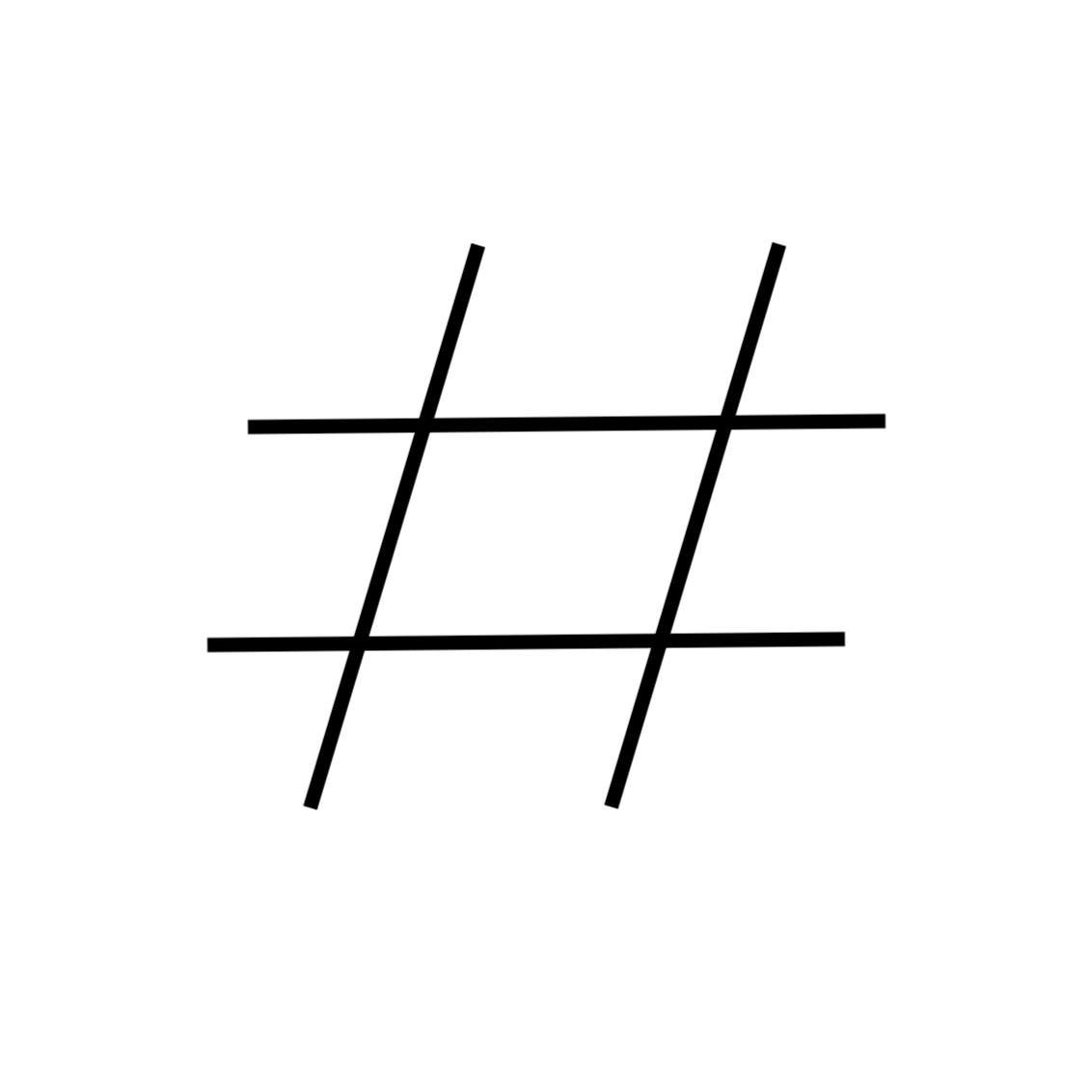 EX9031 |
| |
|
|
| |
|
|
|
REMOVE
|
 EX1 |
| |
|
|
| |
| |
| |
|
| | |
|
|
|
COMMENTS
|
If a "string" is wound tightly around the shape, does one of its segments lie directly on the shape?
All examples in this Problem are connected line segments or curves.
We are taking lines here to be infinitely thin, so that if the boundary of the convex hull intersects the endpoint of a line exactly it is understood that they meet at 1 point. |
| |
|
|
| |
| |
| |
|
| | |
|
|
|
COMMENTS
|
If a "string" is wound tightly around the shape, does a segment of it lie directly on the shape?
All examples in this Problem are connected line segments or curves.
We are taking lines here to be infinitely thin, so that if the boundary of the convex hull intersects the endpoint of a line exactly it is understood that they meet at 1 point. |
| |
|
|
| |
| |
| |
|
| | |
|
|
|
REMOVE
|
 EX6080 |
| |
|
|
| |
|
|
|
+DATA
|
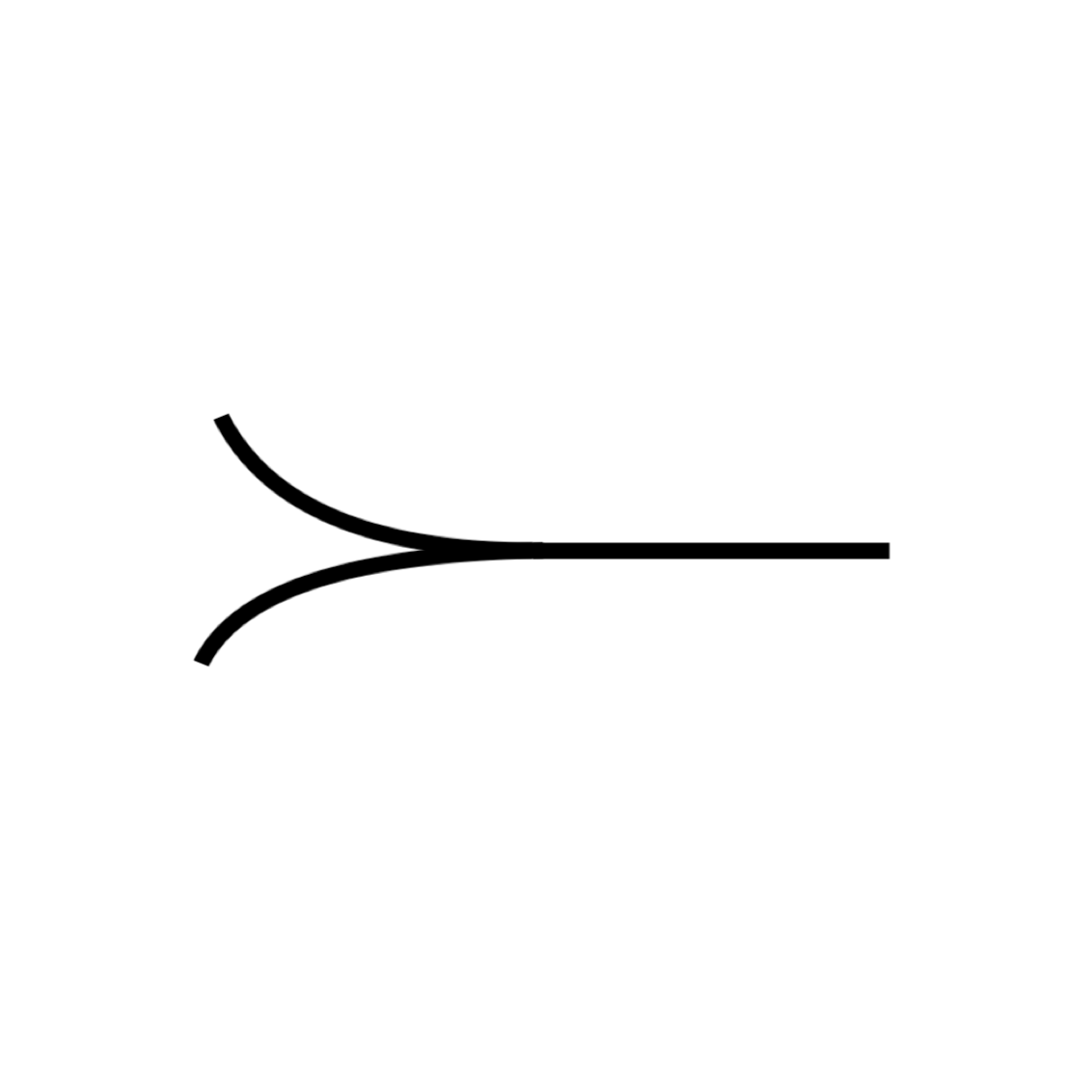 EX6081 |
| |
|
|
| |
| |
| |
|
| | |
|
|
|
REMOVE
|
 EX6049 |
| |
|
|
| |
|
|
|
+DATA
|
 EX6080 |
| |
|
|
| |
| |
| |
|
| | |
|
|
|
COMMENTS
|
|
|
|
EXAMPLE
|
Imagine wrapping a string around the pointed star. This string would take the shape of the boundary of the star's convex hull (a regular pentagon), and would only touch the star at the end of each of its 5 individual tips, therefore the star belongs on the left. |
| |
|
|
| |
| |
| |
|
| | |
|
|
|
COMMENTS
|
|
|
|
EXAMPLE
|
Imagine wrapping a string around the pointed star. This string would take the shape of the boundary of the star's convex hull (a regular pentagon), and would only touch the star at the end of each of its 5 individual tips, therefore the star belongs on the right. |
| |
|
|
| |
| |
| |
|
| | |
|
|
|
COMMENTS
|
|
|
|
EXAMPLE
|
Imagine wrapping a string around the pointed star. This string would take the shape of the boundary of the star's convex hull (a regular pentagon), and will only touch the star at the end of each of its 5 individual tips, therefore the star belongs on the right. |
| |
|
|
| |
| |
| |
|
| | |
|
|
|
COMMENTS
|
|
|
|
EXAMPLE
|
In the case of the pointed star, the boundary of its convex hull will be a regular pentagon and it will only meet the star at each of its 5 tips, so it belongs on the left hand side.
A more intuitive way of thinking about this Problem: a string wrapped around any shape on the left hand side would be touching a finite amount of points of the shape, while on the right hand side the string would be in contact with partial segments of the shape and therefore touches an infinite amount of points. |
| |
|
|
| |
| |
| |
|
| | |
|
|
|
COMMENTS
|
|
|
|
EXAMPLE
|
In the case of the pointed star, the boundary of its convex hull will be a regular pentagon and it will only meet the star at each of its 5 tips, so it belongs on the left hand side.
A more intuitive way of thinking about this Problem: a string wrapped around any shape on the left hand side would be touching a finite amount of points of the shape, while on the right hand side the string would be in contact with partial segments of the shape and therefore an infinite amount of points. |
| |
|
|
| |
| |
| |
|
| | |
|
|
|
COMMENTS
|
All examples in this Problem are connected line segments or curves.
We are taking lines here to be infinitely thin, so that if the boundary of the convex hull intersects the endpoint of a line exactly it is understood that they meet at 1 point. |
|
|
EXAMPLE
|
|
| |
|
|
| |
| |
| |
|
| | |
|
|
|
NAME
|
Discrete points intersecting boundary of convex hull vs. connected segment intersecting boundary of convex hull
|
|
|
COMMENTS
|
We are taking lines here to be infinitely thin, so that if the boundary of the convex hull intersects the endpoint of a line exactly it is understood that they meet at 1 point. |
|
|
EXAMPLE
|
In the case of the pointed star, the boundary of its convex hull will be a regular pentagon and it will only meet the star at each of its 5 tips, so it belongs on the left hand side. |
| |
|
|
| |
| |
| |
|
| | |
|
|
|
COMMENTS
|
|
|
|
EXAMPLE
|
In the case of the pointed star, the boundary of the convex hull will be a regular pentagon and it will only meet the star at each of its 5 tips, so it belongs on the left hand side. |
| |
|
|
| |
| |
| |
|
| | |
|
|
|
NAME
|
Finite points intersecting convex hull vs. infinite points intersecting convex hull
|
|
|
COMMENTS
|
We are taking lines here to be infinitely thin, so that if a convex hull intersects the endpoint of a line it is understood that they meet at 1 point. |
|
|
EXAMPLE
|
In the case of the pointed star, the convex hull will be a regular pentagon and it will meet the star at its 5 tips exactly, so it belongs on the left hand side. |
|
|
AUTHOR
|
Leo Crabbe |
| |
|
|
| |
| |
| |
|
| | |
|
|
|
+DATA
|
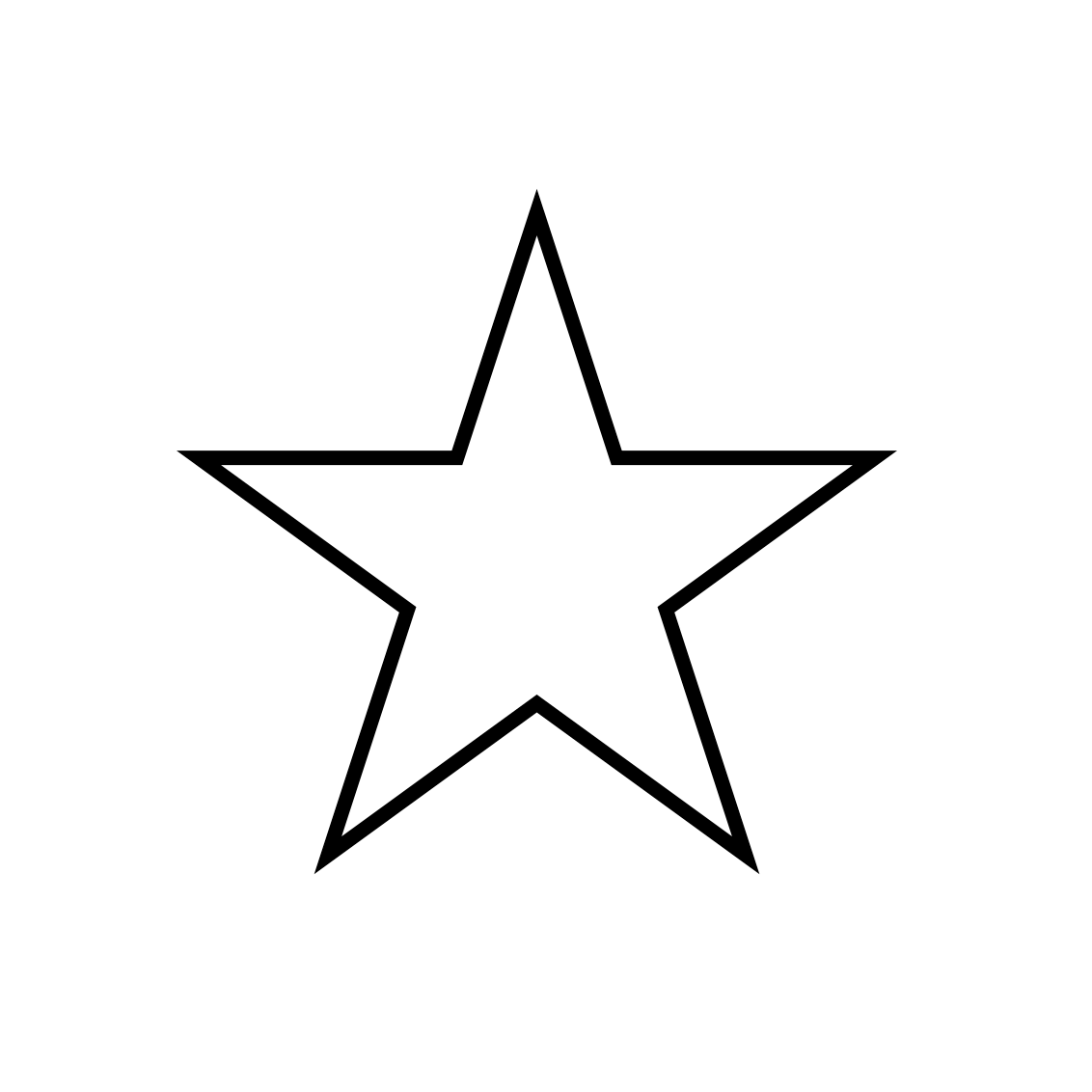 EX6044 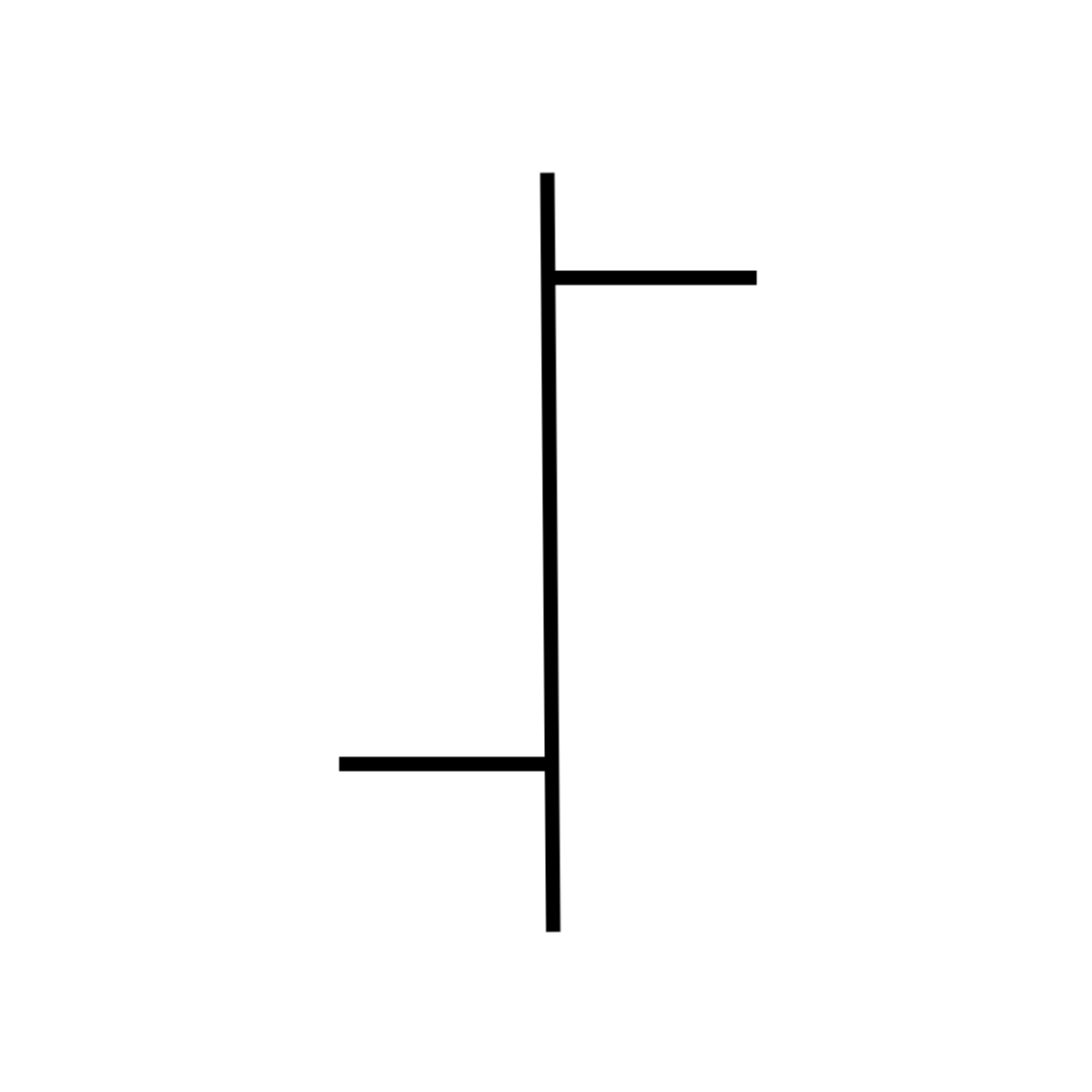 EX6045 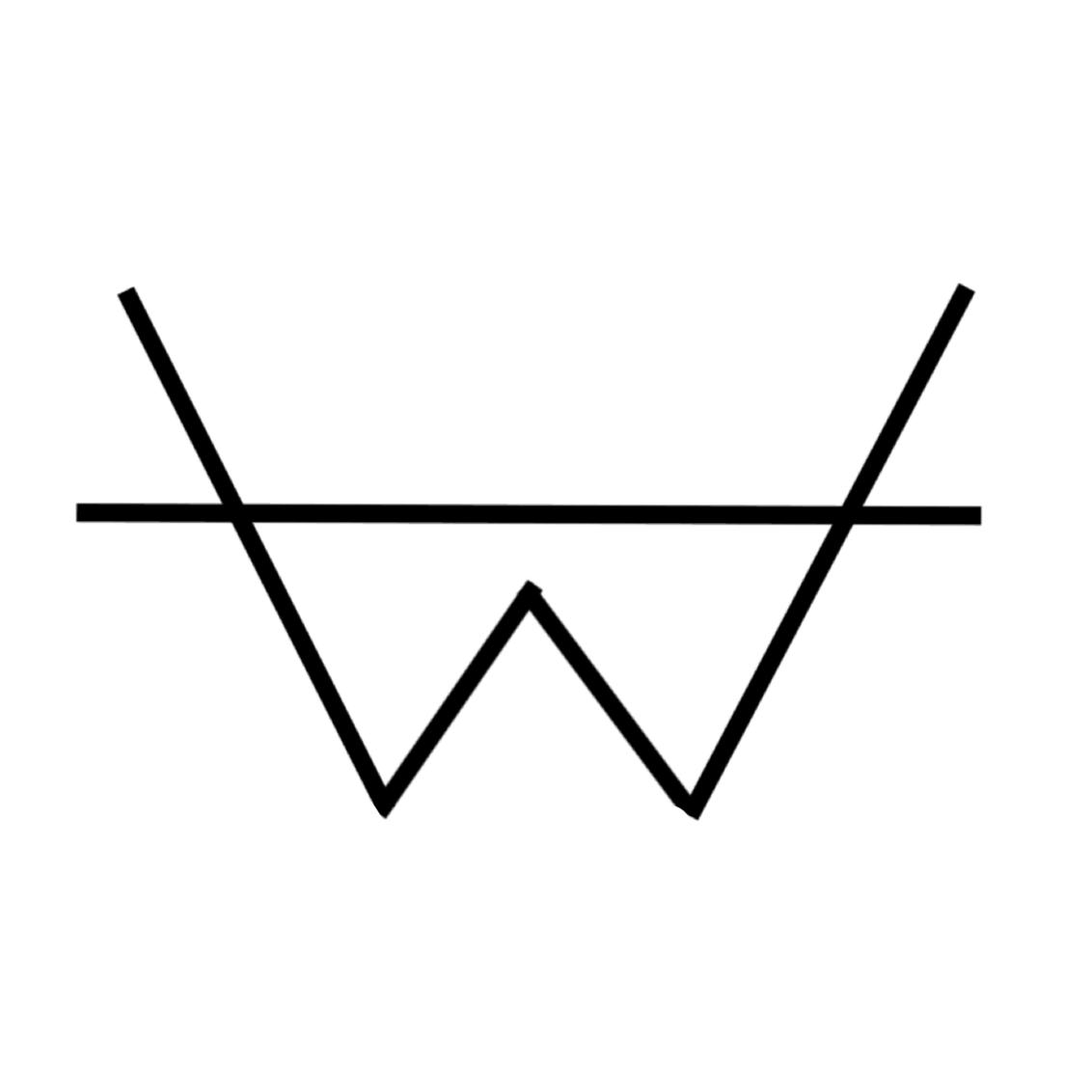 EX6046  EX6047  EX1  EX6049 |
| |
|
|
| |
|
|
|
-DATA
|
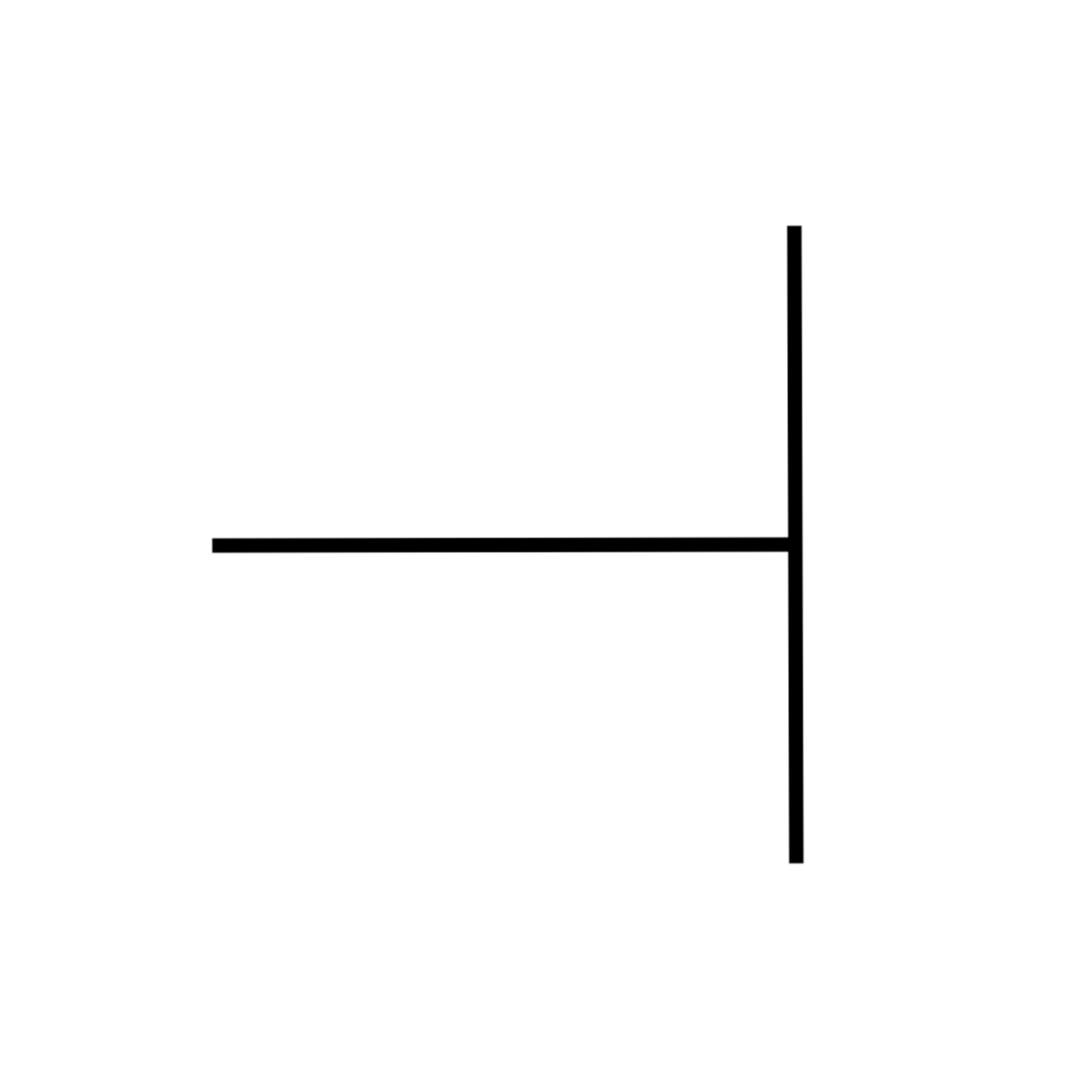 EX6050 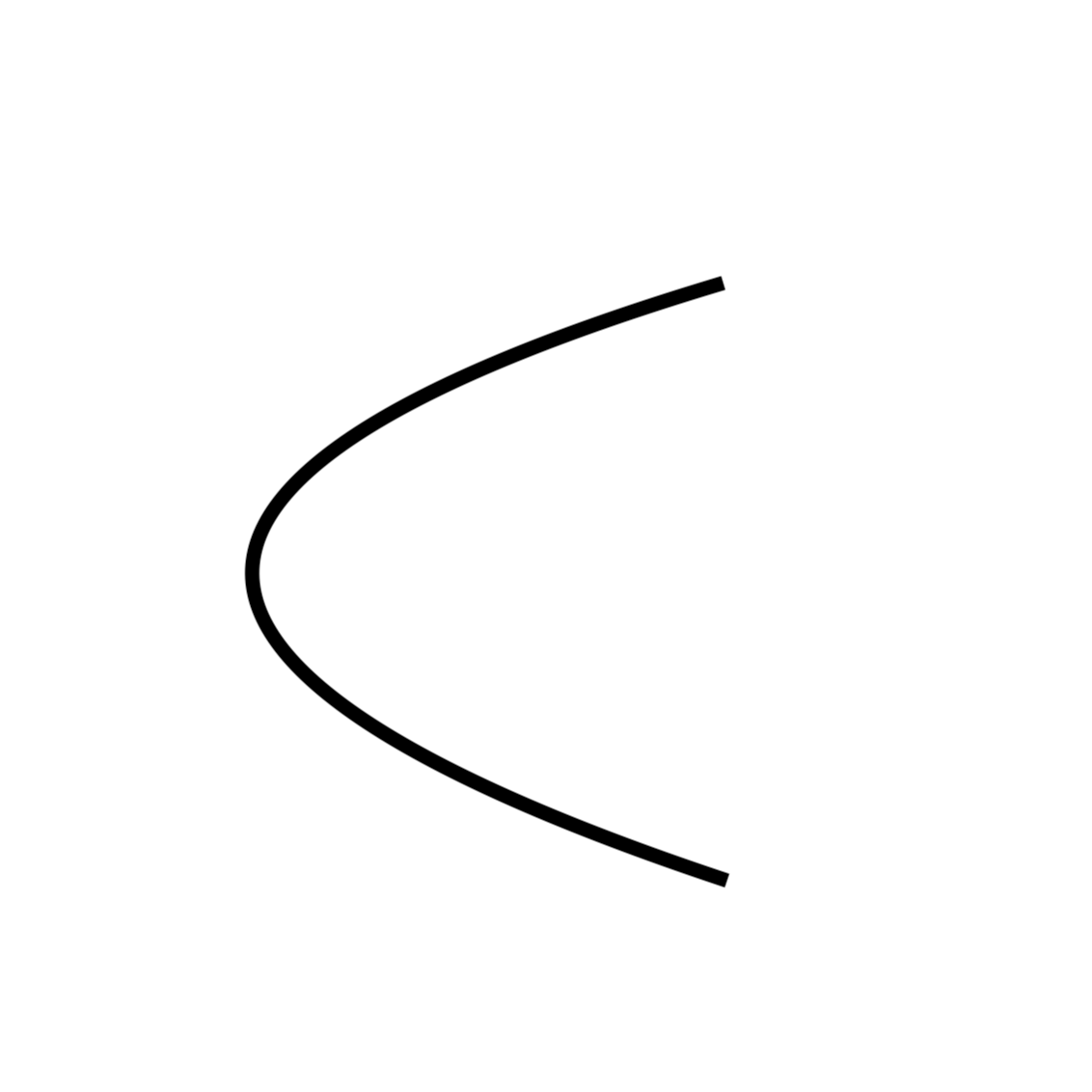 EX6051  EX6052 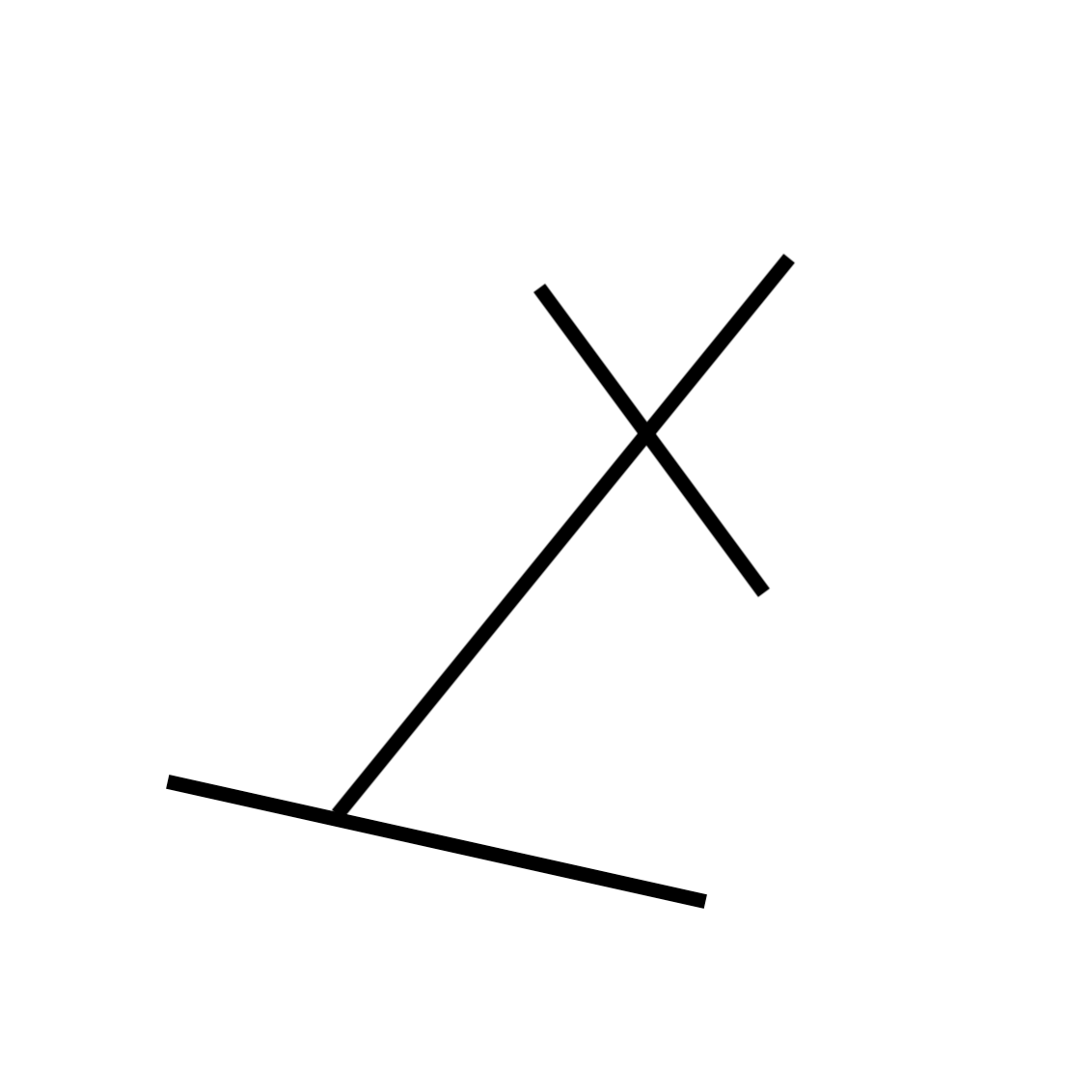 EX6053 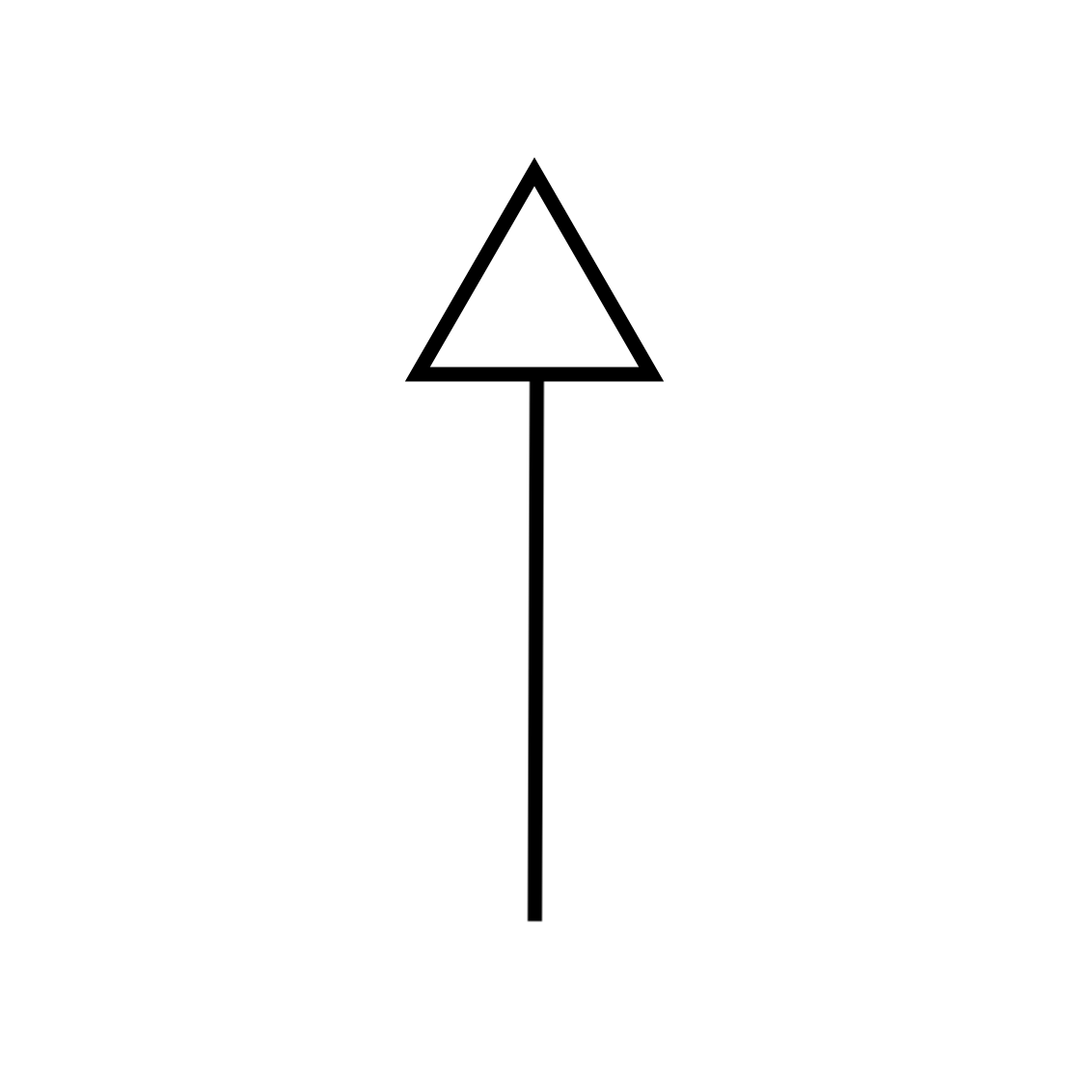 EX6054 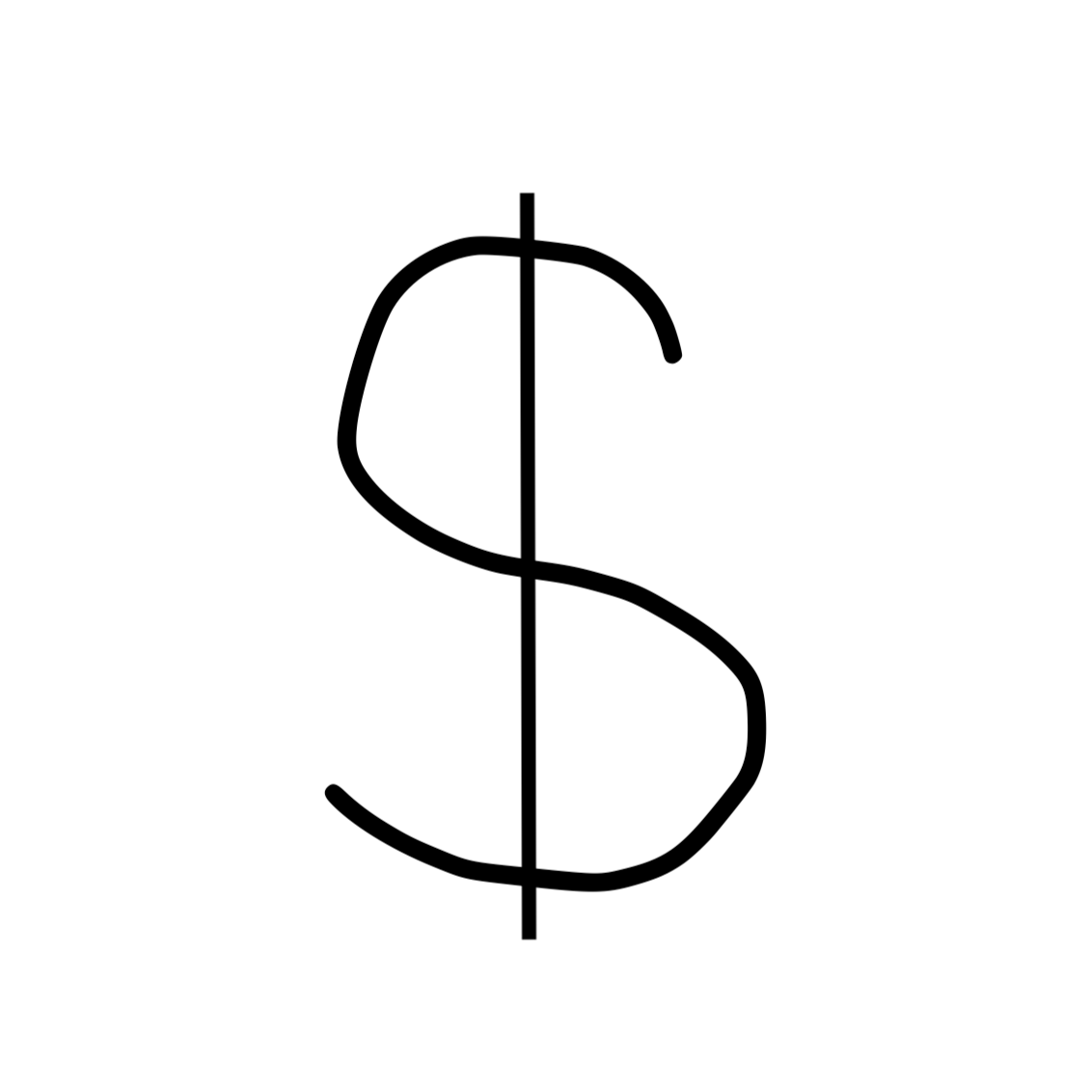 EX6055 |
| |
|
|
| |
| |
| |
|
| | |
|
|
|
NAME
|
Discrete points intersecting convex hull vs. connected segment intersecting convex hull
|
|
|
COMMENTS
|
|
|
|
EXAMPLE
|
|
| |
|
|
| |
| |
| |
|
| | |
|
|
|
COMMENTS
|
We are taking lines here to be infinitely thin, so that if a convex hull intersects the endpoint of a line exactly it is understood that they meet at 1 point. |
|
|
EXAMPLE
|
|
| |
|
|
| |
| |
| |
|
| | |
|
|
|
COMMENTS
|
|
|
|
EXAMPLE
|
In the case of the pointed star, the convex hull will be a regular pentagon and it will only meet the star at each of its 5 tips, so it belongs on the left hand side. |
| |
|
|